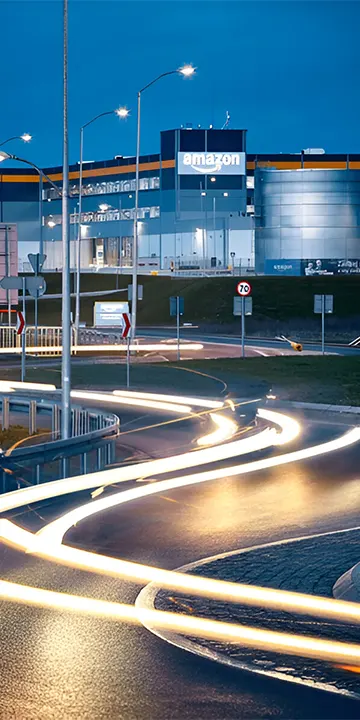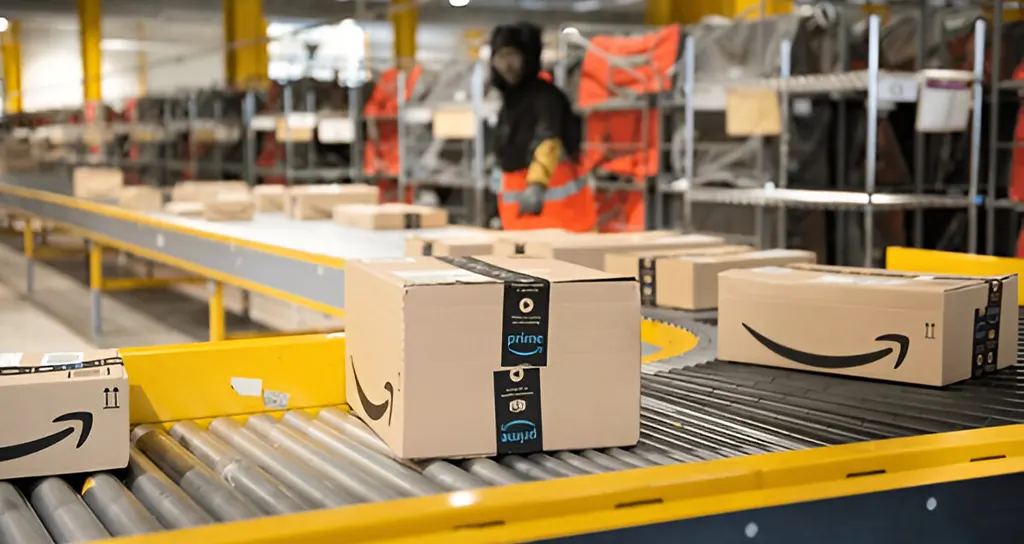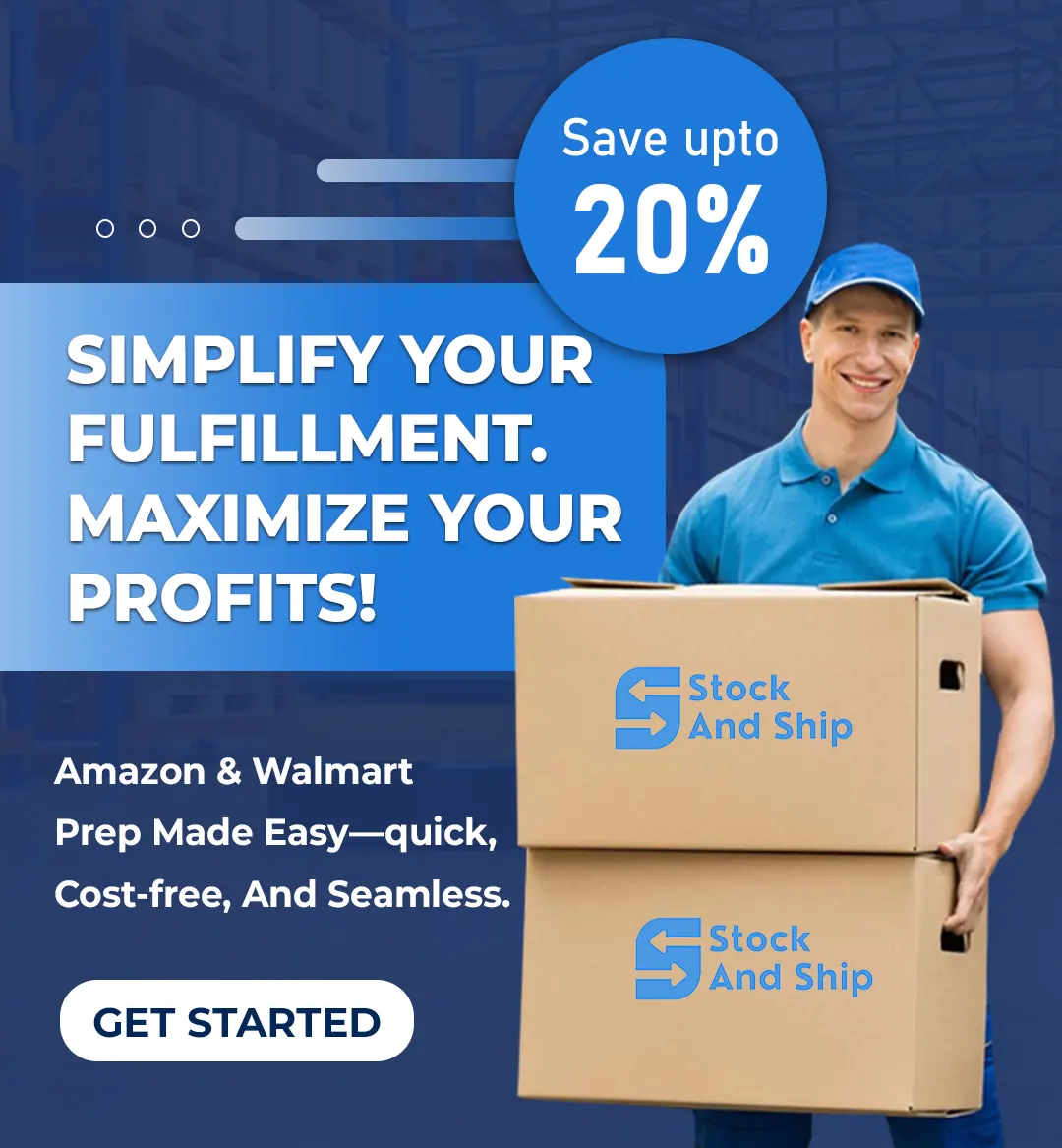First Fulfillment Services with 20% Off
Sign up today and save 20% on your first order. Fast, affordable, tax-free Amazon prep fulfillment.

Selling on Amazon FBA opens up opportunities for entrepreneurs and e-commerce businesses to reach millions of customers. However, with the convenience and scalability of Amazon’s fulfillment network comes a series of hidden costs that can quietly eat into your profits. One of the most underestimated among these is Amazon’s inbound placement service fee. This article explores the true cost of these fees, how they impact your business, and most importantly, how to sidestep them using cost-effective Amazon prep services and Amazon FBA labeling services.
Amazon placement fees, more formally known as the Inbound Placement Service Fee, are charges Amazon imposes when it has to split your shipment among multiple fulfillment centers. When sellers send inventory to Amazon’s fulfillment centers (FCs), Amazon may decide to distribute those units across various locations to optimize delivery speed and warehouse efficiency. However, this distribution incurs handling and transportation costs, which Amazon passes onto sellers.
Amazon provides two options for shipment placement:
While Amazon’s goal is to enhance customer experience through efficient delivery, these backend logistics can catch sellers off guard with mounting fees that seem nominal individually but add up over time.
Placement fees may seem manageable at first glance, ranging from $0.27 to $1.58 per unit depending on product size and weight. But consider this: if you’re sending in 1,000 units of a standard-sized item and each incurs a $0.40 placement fee, you’re out $400—just to stock your product.
These costs are even higher for oversized and heavy products. Sellers working with low-margin items or bulk quantities are at even greater risk of seeing their profits diminished.
Additional hidden costs include:
To overcome the complexities and hidden costs of Amazon FBA—particularly placement and labeling fees—many savvy sellers are now turning to cost-effective Amazon prep services. These third-party prep centers specialize in getting inventory FBA-ready by handling critical tasks like labeling, polybagging, packaging, bundling, and ensuring full compliance with Amazon’s stringent requirements. The best part? They often do this at a significantly lower cost than Amazon’s in-house services.
One such trusted provider is Stock and Ship, known for its transparent, scalable pricing and comprehensive service offerings:
These competitive rates include key services such as receiving, inspection, FNSKU labeling, polybagging, and up to 14 days of free inventory storage. By outsourcing to a reliable prep center like Stock and Ship, sellers not only reduce operational burdens but also dodge unnecessary Amazon fees and improve overall profit margins.
Labeling is another compliance-heavy aspect of FBA. If your products are not labeled correctly, Amazon can reject them, redirect them to different FCs, or charge you a labeling fee of $0.55 per unit. That might not sound like much, but again, multiply that by 1,000 units, and you’re looking at $550.
Using an Amazon prep center that includes FBA labeling services as part of its package, or charges a significantly lower fee (often around $0.20–$0.30 per unit), helps you save substantially. Stock and Ship includes labeling in most of their packages, providing both compliance and cost efficiency.

Let’s say you’re a private label seller specializing in kitchen gadgets, sending 2,000 units to Amazon each month. With Amazon charging $0.40 per unit in placement fees, you’re paying $800 monthly—or $9,600 annually—just for distribution logistics.
Now, let’s explore the smarter route with Stock and Ship:
Not only does this shift reduce your operational stress, but it also enhances shipping efficiency and inventory management. Over a year, that’s $9,600 saved—along with countless hours of reduced logistics headaches.
Amazon FBA is a fantastic platform for scaling your e-commerce business, but placement fees can silently eat into your profits if you’re not careful. Understanding the hidden costs and leveraging professional, cost-effective Amazon prep services like Stock and Ship is one of the smartest strategies sellers can adopt. These services ensure compliance, simplify logistics, and ultimately help you retain more profit.
In addition to prepping, incorporating Amazon FBA labeling services into your fulfillment strategy helps minimize risk, streamline shipping, and eliminate unnecessary Amazon charges. Take the proactive route: partner with a reliable prep center and stay ahead of the game.
Placement fees are charges Amazon applies when it distributes your inventory to multiple fulfillment centers. The fee ranges based on item size and can be anywhere from $0.27 to $1.58 per unit.
Yes, by meeting Amazon’s shipment requirements or using the Inventory Placement Service. Alternatively, a third-party prep service can help you structure shipments to avoid such fees.
Absolutely. Prep services reduce compliance errors, help avoid unexpected fees, and allow small sellers to focus on scaling their business instead of managing logistics.
Amazon charges $0.55 per unit for labeling. Many prep centers include this service or charge less, typically $0.20–$0.30 per unit, offering significant savings for high-volume sellers.
Look for transparent pricing, a full range of services (including labeling and bundling), strategic location (preferably tax-free), and customer support that understands Amazon FBA requirements.

Need efficient logistics? We offer hassle-free shipping, warehousing, and supply chain solutions to ensure safe, on-time delivery!

Sign up today and save 20% on your first order. Fast, affordable, tax-free Amazon prep fulfillment.